Part time Pirate, Mariner and Island Monarch
Born in Nether Largo in Fife, Scotland, he ran away from home at 15 after being charged with “undecent behaviour” in church. He went to sea and joined the ill-fated Darien expedition of 1698.
This was Scotland’s attempt at becoming a colonial power and they cunningly chose a part of Central America which was only 40 miles wide (giving Scotland control of trade between the Atlantic and the Pacific). Disease, starvation (they asked the English in Jamaica for help, but none was forthcoming) and then attack by the Spanish ended the venture. Of the 1200 colonialists sent out, less than 300 returned but these included Selkirk, now a mariner. One far reaching consequence of the campaign was that it nearly bankrupted Scotland and paved the way for union with England in 1707.
Now a man of the world, he returned home in 1701 only to violently fall out with his family. This time he accepted his punishment and promised “amendment”, and promptly went to sea again, rising to the rank of quartermaster after he joined the Cinque Ports galley on its ill-fated expedition with the St George in 1703.
When Straddling took command he was two years younger than Selkirk and this probably contributed to their strained relationship. Another major problem with the voyage was the poor way in which Dampier led his men. Selkirk, knowing that Dampier knew all about the damage to timber caused by ship’s worms, never forgave him for not sheathing the ships for protection before sailing.
After being marooned on a remote island by Straddling, Selkirk had four years and four months to dwell upon his bad luck: It’s hard to imagine what nightmares he must have endured. After Selkirk’s rescue, Woodes Rogers famously described him as “a man cloth’d in Goat-skins, who looked wilder than the first owners of them”. Selkirk had trouble speaking “for want of use” and “he seemed to speak his words by halves”. Rogers called him the Governor of the Island and its Absolute Monarch. Dampier recommended him, and he was appointed Second Mate on the Duke.
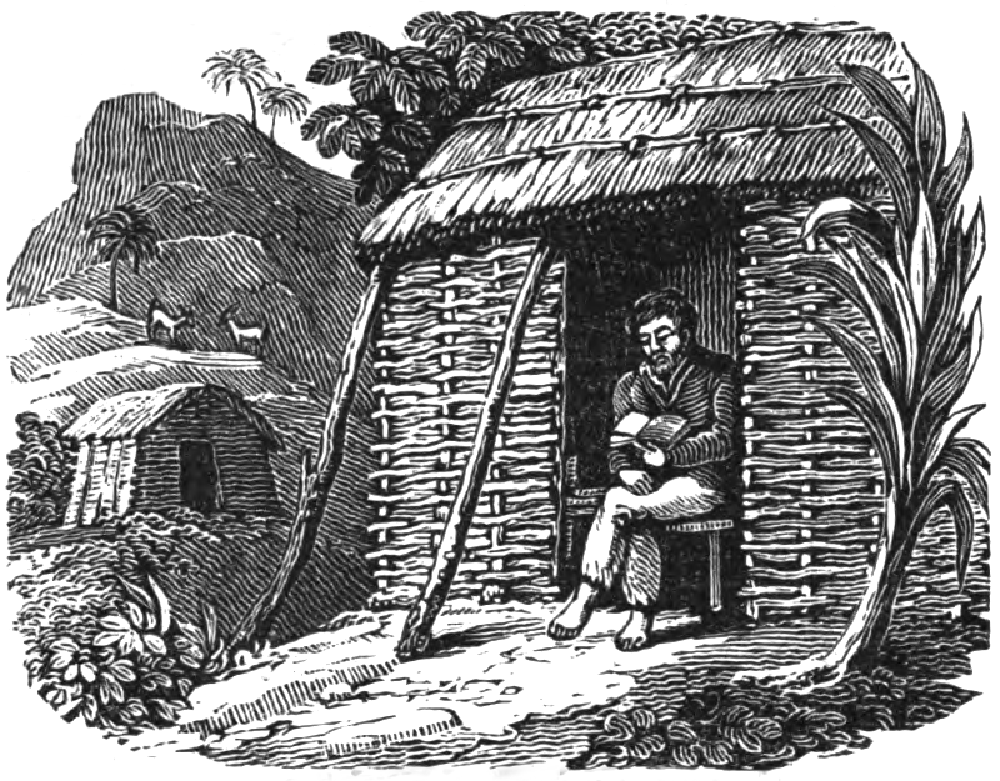
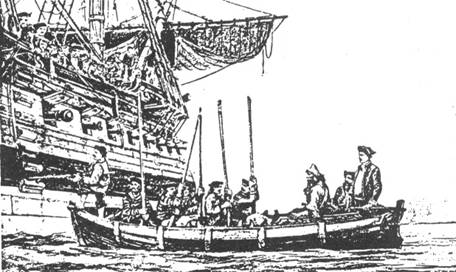
Rogers and Selkirk got on well and, on reaching Bristol after the voyage, Selkirk stayed around hoping to get a berth on a new expedition for the South Seas Company that Woodes Rogers was trying to bring to fruition (initially staying in Roger’s house in Queens Square). During this time Selkirk wrote a deposition against Dampier for his role in the St George fiasco. His stay in Bristol lasted nearly two years until he once again fell foul of the authorities and ran away after being charged with attacking a fellow sailor in 1713.
He went back to Largo a wealthy man, with £800 from his share of the Manila galleon and copies of all the books that had been written about him. He tried to settle and “married” a local girl, but it didn’t work out. He enlisted in the navy and served on HMS Enterprise as mate and then HMS Weymouth as first mate.
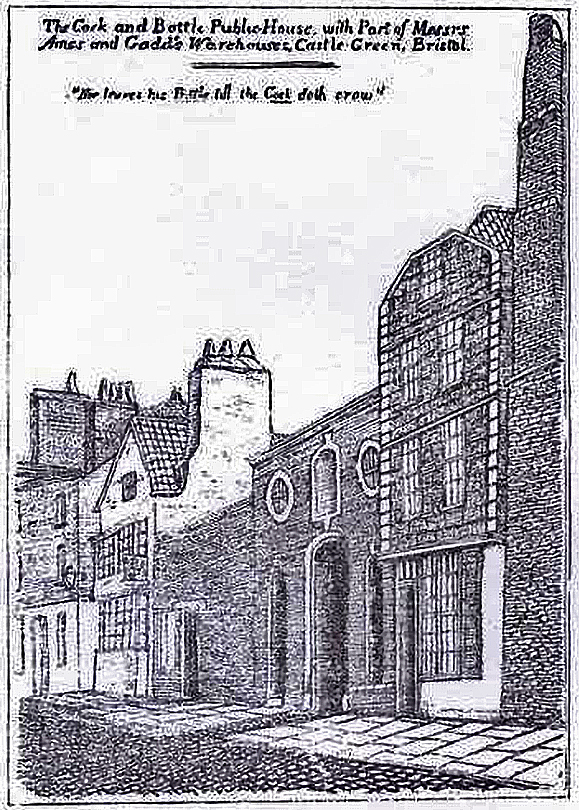
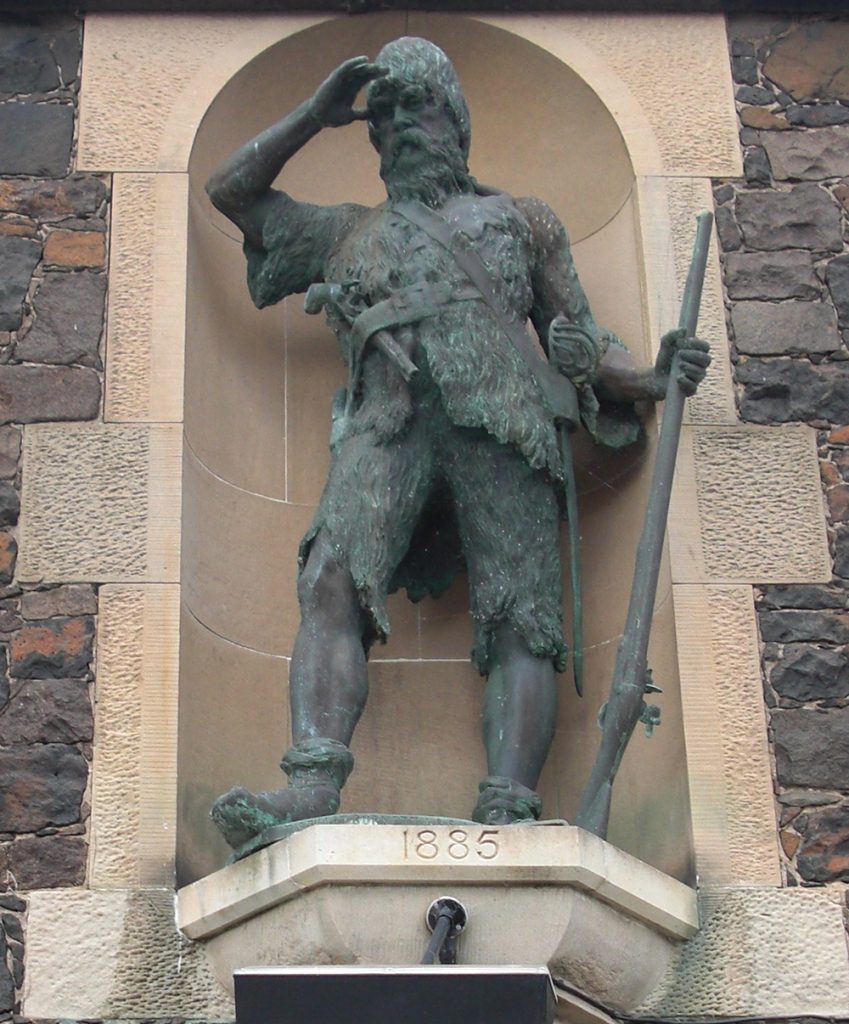
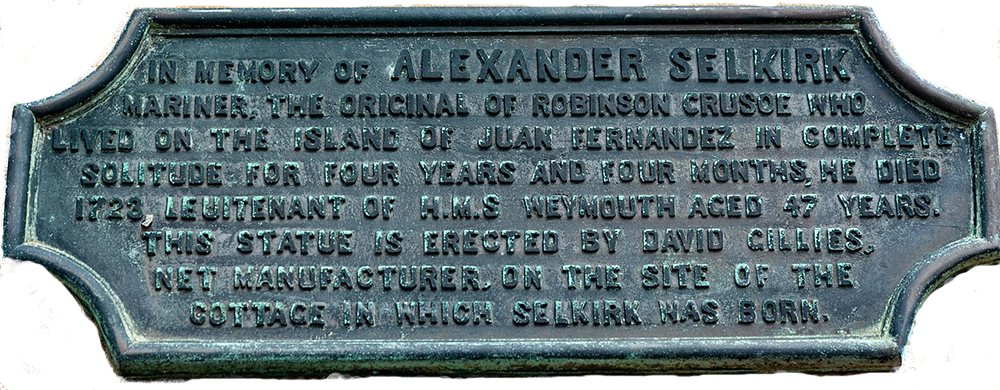
Before going on his last voyage he “married” again, leading to all sorts of problems for his first ‘wife’. The mission was to protect Britain’s slaving interests in West Africa , at that time being attacked by pirates, led by “Black Bart” Roberts. It would be another 100 years before the Royal Navy would attack the slave stations.
Weymouth’s sister ship, the Swallow, would lead the successful attack on the pirates, because the crew of Selkirk’s ship were stricken with disease. The Island Monarch himself died of the disease (probably Yellow Fever) on 13th December 1721. Coincidently, Woodes Rogers’ only surviving son, William Whetstone Rogers, went on a slaving voyage on behalf of the Royal African Company, only to meet the same fate as Selkirk, off of the same West African coast in 1735.

You may be interest in reading the following article about the Excavation at Aguas Buenas, Robinson Crusoe Island, of a gunpowder magazine and the supposed campsite of Alexander Selkirk, together with an account of early navigational dividers. Click here.

